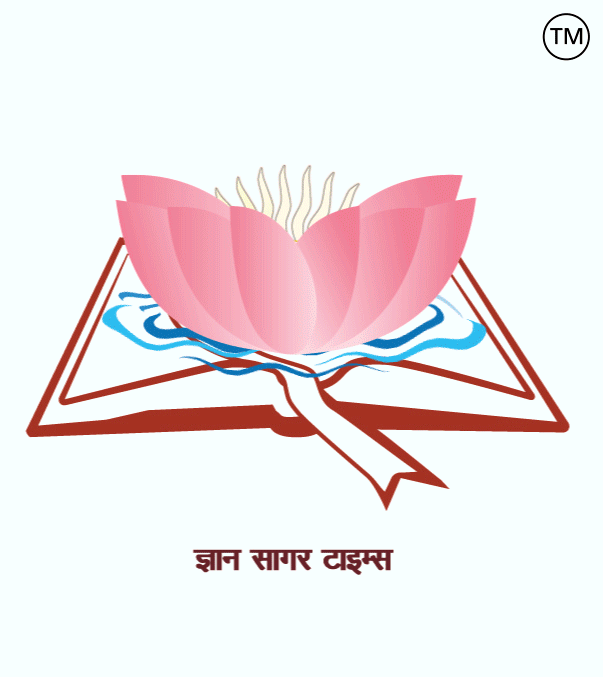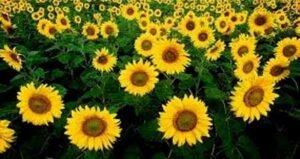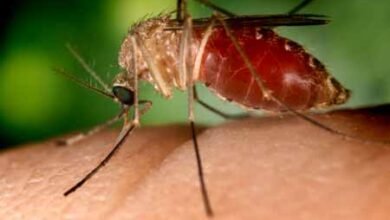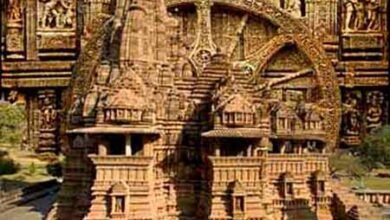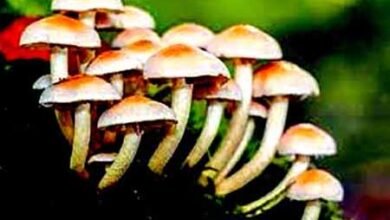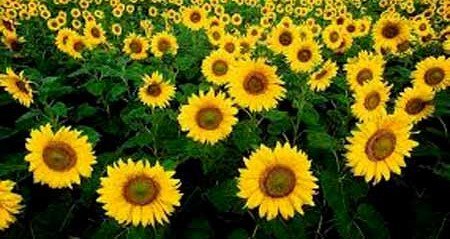
Related to botany -193.
|
1. Who is called the ‘Father of Taxonomy’? = Carolus Linnaeus. 2. What is the basic unit of classification? = Species. 3. The branch of botany that gives information about heredity and variation is called? = Genetics. 4. Which one is a ‘living fossil’? = Cycas, Coelacanth, and Horseshoe crab. 5. Respiratory roots are found in which plant? = Mangrove plants i.e. Rhizophora and Avicennia. 6. From what is ‘Sabudana’ obtained? = From the roots of Cassava (Tapioca). 7. Which one is not root and from edible part? = Potato. 8. Prop roots are? = Adventitious roots that grow from the trunk or branches and enter the ground to provide support to the tree. 9. From which part do the roots develop? = They develop from the Radicle part of the embryo of seed. 10. Which is the edible part of turmeric plant? = Rhizome. 11. Onion is the modified form of what? = Stem. 12. What is a carrot a type of? = Root. 13. Which plants have the ability to fix nitrogen? = Leguminous plants. 14. The cell wall of algae is made up of which substance? = Cellulose, Galactans and Mannans. 15. The red colour of the Red Sea is due to the presence of? = Cyanobacteria (BGA) named Trichodesmium erythraeum. 16. From where is quinine obtained? = From the bark of a plant called Cinchona plant. 17. Which is the edible part of cauliflower? = Fleshy inflorescence. 18. Generally, what is not required for germination? = Soil and light. 19. ‘Stem cutting’ is generally used for the propagation of? = Sugarcane. 20. What is the edible part of coconut? = Endosperm. 21. What is fertilization? = Combination of a male gamete with an ovum. 22. Which is the world’s largest flower? = Rafflesia arnoldii. 23. Which is the most important part of a plant from the point of view of life cycle? = Flower. 24. Leaves perform two main functions? = photosynthesis and transpiration. 25. The fruit of which plant is found under the ground? = Peanut. 26. Leaves get their green colour due to? = Due to a pigment called chlorophyll. 27. The water available for the roots of plants in the soil is? = capillary water. 28. When does photosynthesis take place? = During the day, in the presence of sunlight as well as night. 29. Where is the commonly used spice ‘clove’ obtained from? = Obtained from dried flower buds. 30. Turpentine oil is obtained from? = Pine trees.
Dr. (Pro.) Amrendra Kumar. ========== ========= =========== वनस्पति विज्ञान से संबंधित-193.
1. ‘वर्गिकी का पितामह’ कहा जाता है? = कैरोलस लिनियस. 2. वर्गीकरण की आधारीय इकाई क्या है? = प्रजाति (स्पेशीज). 3. आनुवांशिकता एवं विभिन्नता के बारे में जानकारी देने वाली वनस्पति विज्ञान की शाखा को कहते हैं? = आनुवंशिकी. 4. कौन-सा एक ‘जीवित जीवाश्म’ है? = साइकस, कोलैकैंथ, और हॉर्सशू केकड़ा. 5. श्वसन मूल किस पौधे में पाई जाती हैं? = मैंग्रोव पौधों i. e राइजोफोरा और एविसेनिया. 6. ‘साबूदाना’ किससे प्राप्त होता है? = कसावा (Tapioca) की जड़ों से. 7. यह जड़ नहीं है किंतु खाने वाला भाग बनती है? = आलू. 8. स्तम्भ मूल होती हैं? = अपस्थानिक जड़ें होती हैं जो पेड़ों को सहारा देने के लिए तने या शाखाओं से निकलकर जमीन में प्रवेश करती हैं. 9. जड़ें किस भाग से विकसित होती हैं? = पौधे के बीज के मूलांकुर भाग से विकसित होती हैं. 10. हल्दी के पौधे का खाने योग्य हिस्सा कौन-सा होता है? = प्रकन्द. 11. प्याज किसका परिवर्तित रूप है? = तने. 12. गाजर एक प्रकार से क्या है? = जड़. 13. कौन से पौधों में नाइट्रोजन स्थायीकरण की क्षमता होती है? = फलीदार पौधों. 14. शैवालों की कोशिका भित्ति किस पदार्थ की बनी होती है? = सेल्यूलोज, गैलेक्टन्स और मैनन. 15. लाल सागर का लाल रंग किसकी उपस्थिति के कारण होता है? = सायनोबैक्टीरिया (BGA), जिसका नाम ट्राइकोडेसमियम एरिथ्रियम है, की उपस्थिति के कारण होता है. 16. कुनैन किससे प्राप्त होता है? = सिनकोना (Cinchona) नामक पौधे की छाल से. 17. फूलगोभी का खाने योग्य भाग कौन-सा होता है? = मांसल पुष्पक्रम. 18. सामान्यत: अंकुरण के लिए किसकी आवश्यकता नहीं होती है? = मिट्टी व प्रकाश. 19. ‘तना काट’ आमतौर पर किसके प्रवर्धन के लिए प्रयोग किया जाता है? = गन्ना. 20. नारियल का खाने योग्य भाग कौन-सा होता है? = एंडोस्पर्म (Endosperm). 21. निषेचन क्रिया क्या है? = एक नर युग्मक का अण्डाणु से संयोजन. 22. संसार का सबसे बड़ा पुष्प कौन-सा है? = रैफलेसिया अर्नोल्डी (Rafflesia arnoldii). 23. जीवन चक्र की दृष्टि से पौधे का सबसे महत्त्वपूर्ण अंग कौन-सा है? = पुष्प (फूल). 24. पत्तियों के दो मुख्य कार्य होते हैं? = प्रकाश संश्लेषण व वाष्पोत्सर्जन. 25. किस पौधे का फल भूमि के नीचे पाया जाता है? = मूंगफली. 26. पत्तियों को हरा रंग किसके द्वारा प्राप्त होता है? = क्लोरोफिल नामक वर्णक के कारण. 27. भूमि में पौधों की जड़ों के लिए उपलब्ध जल होता है? = केशिका जल (capillary water). 28. प्रकाश संश्लेषण की क्रिया कब होती है? = दिन के समय, सूर्य के प्रकाश की उपस्थिति और रात के अँधेरे में होती है. 29. सामान्य प्रयोग में आने वाला मसाला ‘लौंग’ कहाँ से प्राप्त होता है? = सूखी फूल की कलियों से प्राप्त होता है. 30. तारपीन का तेल किससे प्राप्त किया जाता है? = चीड़ के पेड़ों से.
डॉ. ( प्रो. ) अमरेंद्र कुमार.
|

